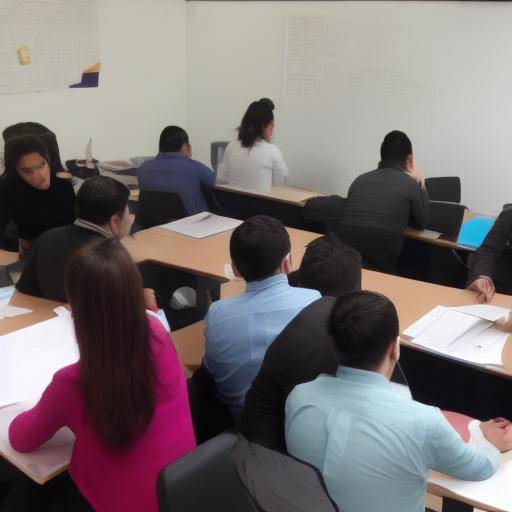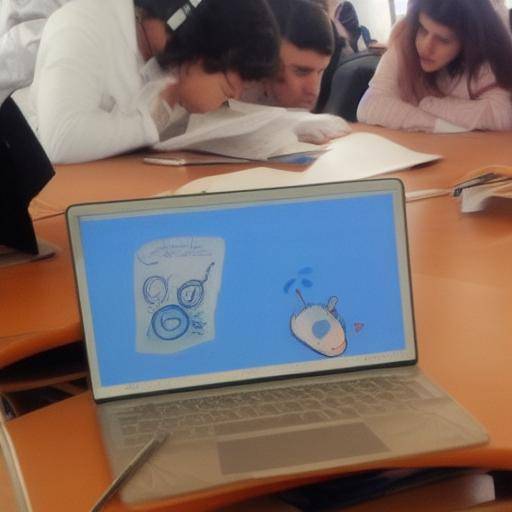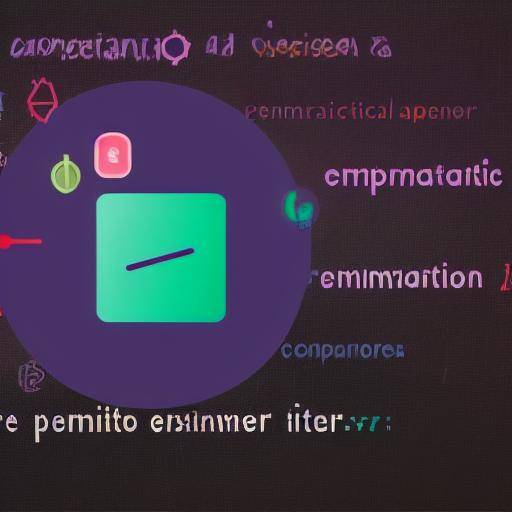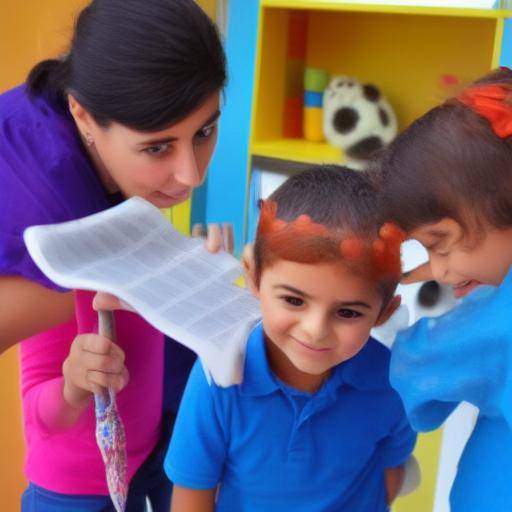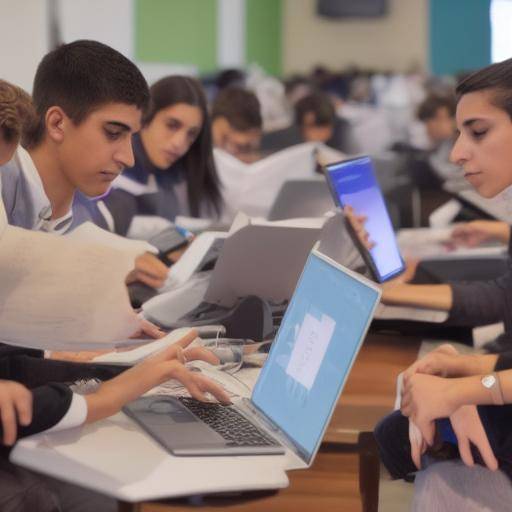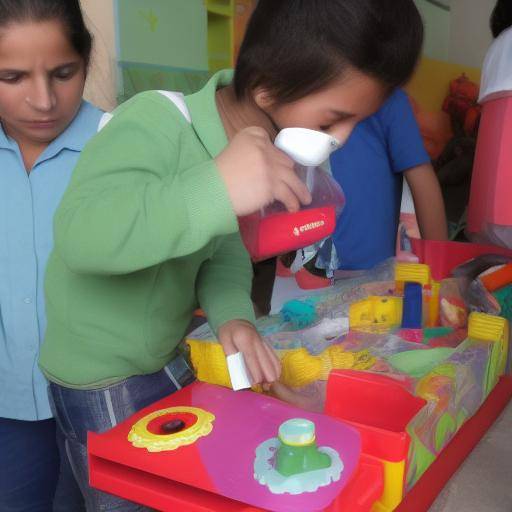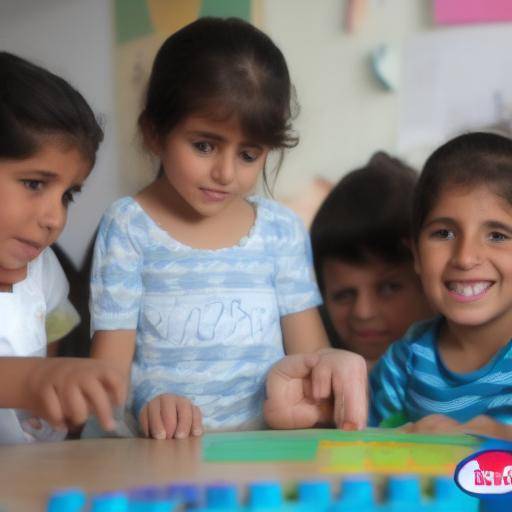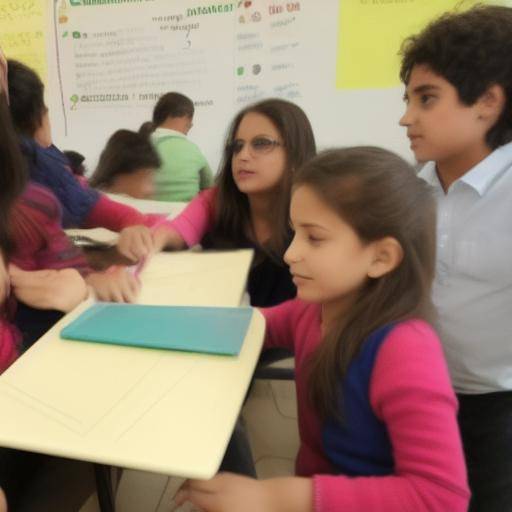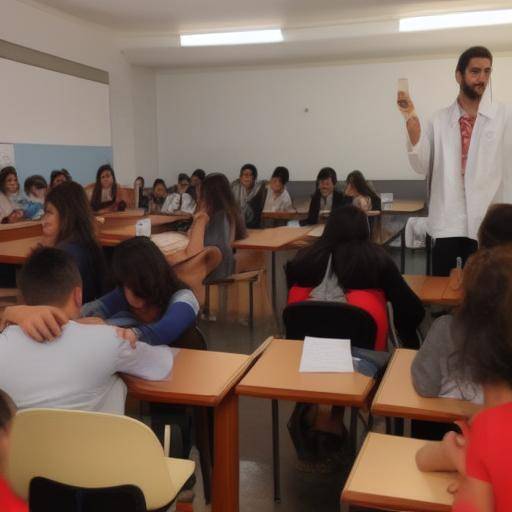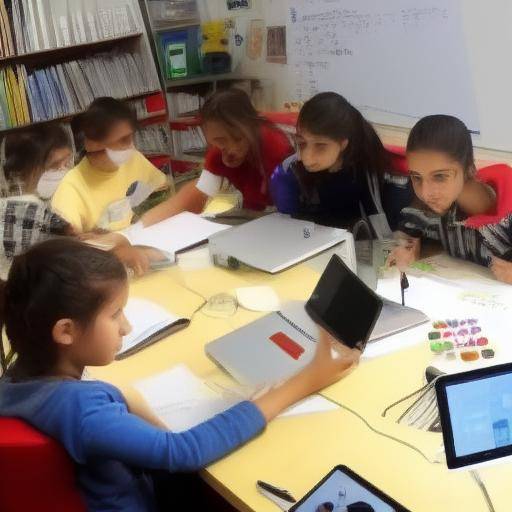
Introduction
In the current world, innovation plays a crucial role in the development and evolution of any field, and the educational environment is not the exception. Promoting innovation in schools and universities is critical to preparing new generations with the skills necessary to meet future challenges. In this article, we will explore in depth how to promote innovation in the educational environment, from its history to future trends. We will also provide practical advice, case studies and expert opinions to provide an integral vision of this crucial issue.
History and Background
Innovation in education has been a constantly evolving process. From the first schools to the sophisticated universities of today, innovation has been present in various forms. In the past, teaching was based on traditional methods, but over time, the need to adapt to a constantly changing world has emerged. Various educational reforms have fostered innovative approaches, such as the Montessori method and skills-based education.
An important milestone in educational innovation was the creation of the first public and compulsory schools. As society evolved, the importance of providing education to all sectors was recognized. Subsequently, the emergence of distance education, inclusive schools, and technology-based educational institutions have marked significant milestones in promoting innovation in education.
Analysis in Deep
Benefits of Innovation in the Education Environment
Innovation in the educational environment not only stimulates critical and creative thinking, but also prepares students to face the challenges of the 21st century. By integrating innovative approaches, students acquire skills such as problem solving, teamwork, effective communication, and adaptability, which are fundamental in the current world of work.
Challenges in the Promotion of Innovation
Despite the benefits, the promotion of innovation in the educational environment faces significant challenges. Resistance to change, lack of resources and the digital divide are common obstacles. The implementation of new methodologies and technologies requires time, investment and training of educational personnel.
Current trends
The implementation of emerging technologies, such as artificial intelligence and virtual reality, is revolutionizing the way education is imparted. In addition, approaches such as project-based learning and the use of online education platforms are gaining popularity. These current trends mark a significant change in the educational paradigm and promote the creativity and active participation of students.
Comprehensive review
Practical Applications
In some schools, entrepreneurship programs are being implemented that encourage creativity and innovation from early ages. These programs allow students to develop innovative solutions for real problems, thus promoting the entrepreneurial and creative mentality.
Opinions of Experts
According to education experts, the promotion of innovation should focus on creating learning environments that inspire curiosity, discovery and experimentation. In addition, the importance of collaboration among the different actors in the education system, including teachers, managers, parents and students, is highlighted.
Methods Comparison
The traditional teaching approach, focused on knowledge transmission, is compared to innovative pedagogical models that foster self-learning and problem solving. While both approaches have their merits, the current trend is aimed at further integration of innovative methodologies that enhance students' skills and competencies.
Practical Tips and Recommendations
- Foster creativity through interdisciplinary projects that address real problems.
- Integrate technology effectively to enhance learning.
- Providing continuing training and support to educational staff in innovative methodologies.
- Establish spaces for the experimentation and development of innovative projects within educational institutions.
Industry Visions and Expert Reviews
According to several specialists in the sector, innovation in education has the potential to promote significant change in society. The ability to adapt to the changing demands of the labour market and to build creativity are highlighted by experts as key to the development of future generations.
Case Studies and Real Applications
A notable example of promoting innovation in the educational environment is the STEAM approach (Ciencia, Technology, Engineering, Art and Mathematics) that integrates disciplines to promote the resolution of complex problems and creativity. In addition, various educational institutions have implemented open innovation programs, involving students in collaborative projects with companies and external organizations.
Future Trends and Predictions
Future trends in education aim at a more holistic approach, focusing on the integral development of students. The personalization of learning, the integration of artificial intelligence into education and the approach to socio-emotional skills are a key aspect in promoting innovation in the educational environment.
Conclusions
In conclusion, fostering innovation in the educational environment is essential to preparing new generations to meet the challenges of the future. The integration of innovative methodologies, the promotion of creativity and adaptation to current trends are key pillars in this process. It is crucial that educational institutions and actors involved work together to provide an education that encourages innovation and prepares students to be agents of change in society.
Frequently asked questions
How can innovation be encouraged in the classroom?
To promote innovation in the classroom, it is essential to promote an environment that stimulates curiosity, critical thinking and experimentation. The use of methodologies such as project-based learning, technology integration and creative development are key approaches to promoting classroom innovation.
What is the role of teachers in promoting educational innovation?
Teachers play a key role in promoting educational innovation. Its ability to design stimulating and motivating learning experiences, as well as to adapt to the individual needs of students, is essential to foster an innovative environment in the classroom.
What are the benefits of promoting innovation in the educational environment?
Promoting innovation in the educational environment has multiple benefits, including preparing students for future challenges, developing practical skills and stimulating creativity and critical thinking. In addition, educational innovation can facilitate the acquisition of relevant competencies for the current labour market.
How can educational institutions promote collaboration and exchange of innovative ideas among students?
Educational institutions can promote collaboration and exchange of innovative ideas among students through practical activities, interdisciplinary projects and the creation of collaborative workspaces. These initiatives foster creativity, teamwork and problem solving in a real context.
What are the main challenges in promoting innovation in the educational environment?
Some of the main challenges in promoting innovation in the educational environment include resistance to change, lack of resources and the need for continuing education staff training. They also face challenges related to the effective integration of technology and adaptation to the needs of an evolving society.
How can parents support the promotion of innovation in the education of their children?
Parents can support the promotion of innovation in the education of their children through the encouragement of curiosity, the promotion of problem solving and the exposure to creative experiences. In addition, active participation in the educational process and the recognition of the achievements of their children are key aspects of promoting an enabling environment for innovation.
Conclusion
In short, promoting innovation in the educational environment is a crucial element in preparing future generations. The integration of innovative methodologies, the promotion of creativity and collaboration among the different actors in the education system are fundamental to achieving this goal. Educational innovation not only prepares students to face future challenges, but also provides them with the necessary tools to become agents of change in society.

